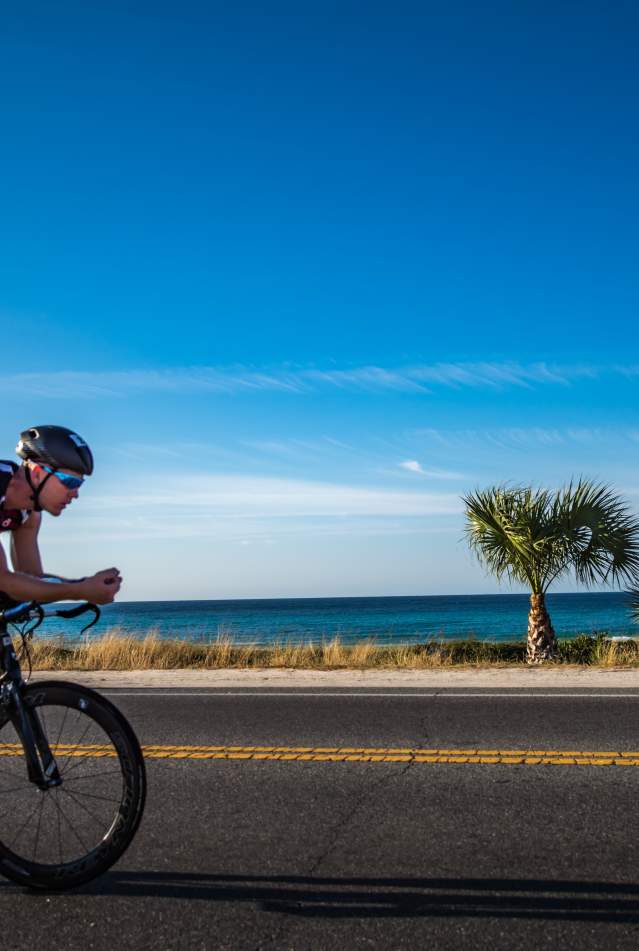What an incredible time to be out on the water! The weather has been awesome, the water is clear and cool, and fish are on the move.
Look for redfish to be cruising the shallows during periods of low water. You can spot their wakes as the fish move or watch for tails emerging from the water as they root around the bottom looking for food. And since the water is so clear, you can also see them simply swimming around. I like using small, soft plastic imitations of baitfish or shrimp and prefer to wait until I see fish to present the lure. There are times when I make spot casts to certain features such as deep potholes, drop-offs or patches of flooded reeds but, for the most part, I like to throw at redfish since you can learn a lot by watching how they react to the introduction of your lure. There are also redfish holed up near deeper structures such as docks, bridges and the pass.
Speckled trout are still scattered across the grass flats and have been quite active lately. As cold fronts push through, these fish will start making their way back into their typical late fall/winter haunts and will bunch up in muddy bayous or deep sandy holes around the bay. Though it might sometimes seem that all the fish are small, worry not because there are big fish out there awaiting the patient angler determined to catch a trophy. Keep making small adjustments in bait, lure size or presentation until you find what sparks the interest of the bigger fish. Plugs, twitch-baits and soft plastics are all extremely effective on specks.
In the past few months, we’ve seen an abundance of inshore, shallow-water red snapper throughout the bays. Most of our catches have been in water 20-35 feet deep but I have caught legal red snapper as shallow as 14 feet over a variety of different structures. Old bridge rubble, sunken boats, rock piles, submerged pipelines and lots of other structures have held really good fish. Most legal fish are going to be between 16-20 inches in length but we’ve been catching snapper up to 30 inches and over 10 pounds. These fish can be tough to land since you’re usually fishing fairly tight to the structure, so it’s important to get a good jump on the fish at the initial strike. I prefer 30-pound medium-action spinning outfits with 30-pound leaders rigged with a 6/0 circle hook, either flat-lined or with as little lead as the current will allow. As for bait, it’s tough to beat a flat chunk of cigar minnow or squid.
While fishing for inshore snappers, be sure to keep a few big baits at the ready so you can drop down for the occasional grouper. Hand-sized pinfish or a hefty mullet dropped down to the bottom is a good way to get a nice grouper to come out and eat. You can also pull plugs for grouper and, in fact, that’s how I catch the majority of them when fishing in water less than 30 feet deep. You can also get strikes while trolling over scattered structure. When a grouper bites a trolling plug, continue driving for a few seconds to drag the fish away from the structure before slowing down to reel it in.
Spanish mackerel, pompano, redfish, black drum and flounder can all be caught along the beaches as the water continues to cool, though many species will vacate the area soon in search of warmer water. Just about everything that cruises along the beaches can be caught on a jig but soaking live baits is also productive.
If you have questions about what’s biting, how to catch them or want to book a trip, give me a call or shoot me an email. Tight lines!

